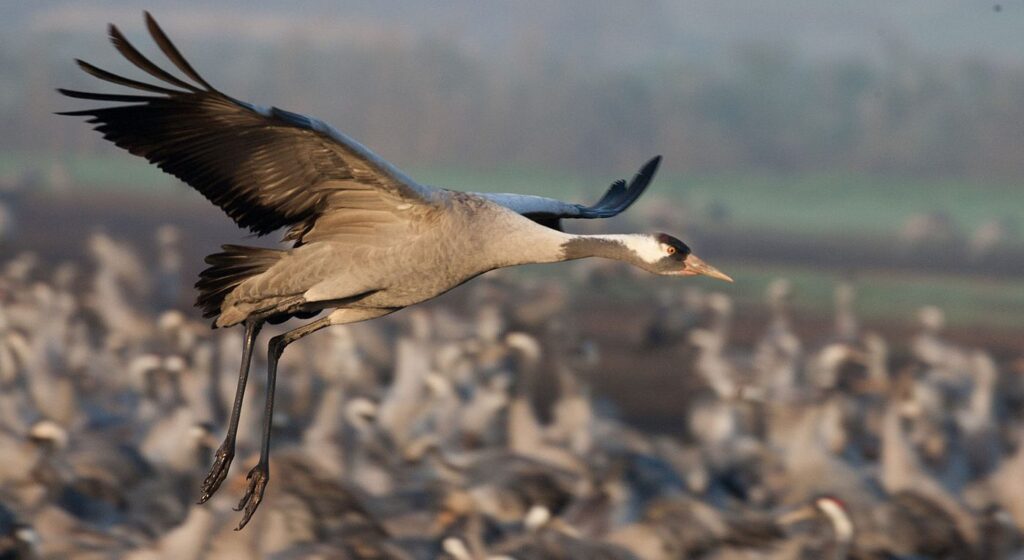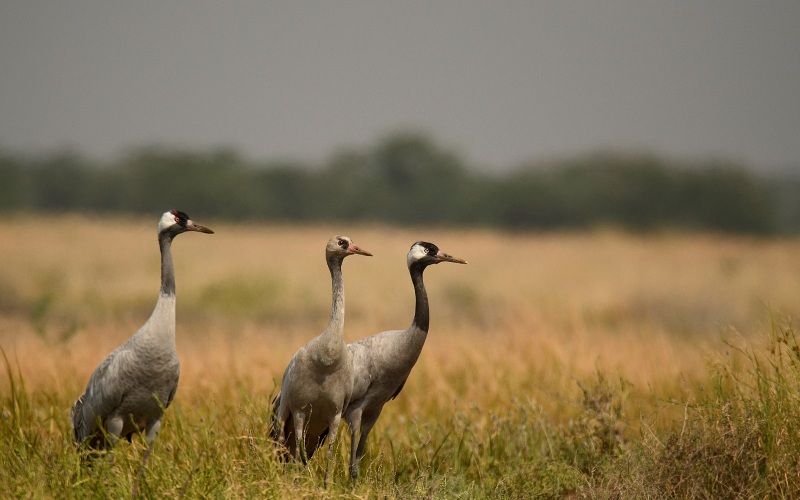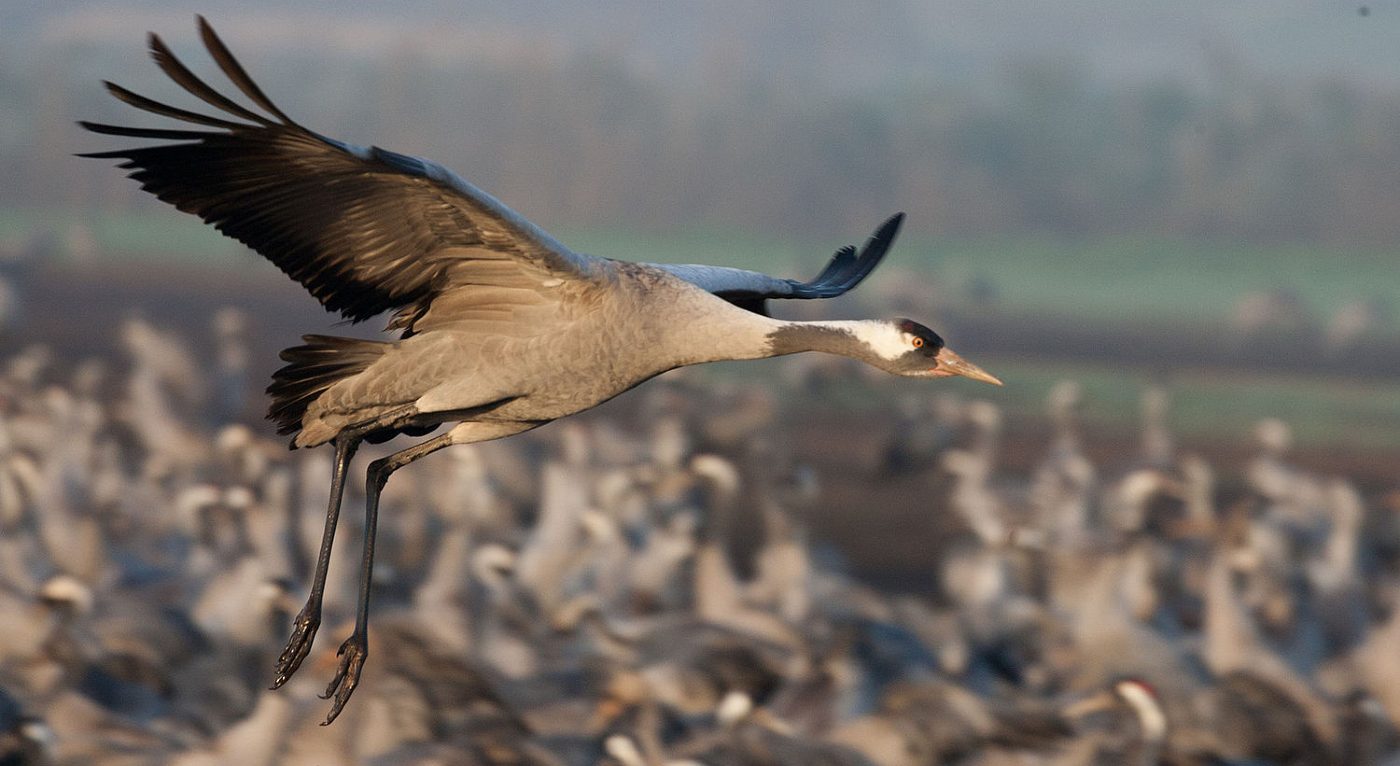Extinct for more than 400 years, common cranes are finding homes in the UK’s wetlands and waterways once again.

Because of conservation efforts that began in 1979, the common crane (not seen since the 1600s) now numbers almost 200 individuals in the country, with more than 60 breeding pairs.
“It is always great to get the opportunity to celebrate a real conservation success story and UK cranes is one of these,” said Andrew Stanbury, a Conservation Scientist at the Royal Society for the Protection of Birds (RSPB).
Organizations like the RSPB and the Wetlands and Wildfowl Trust (WWT) have formed The Great Crane Project, aimed at a massive translocation of birds from Germany into breeding sites in UK wetlands.
Famous for their loud and joyous courtship displays, the common crane, or Eurasian crane, was driven to extinction in the UK through hunting and wetland loss.
There’s a new attitude about wetlands, however, and conservation groups and governments the world over are implementing stringent protections on the special ecosystems that are more biodiverse and hold more carbon than forests.
The Great Crane Success

Between 2010 and 2014, the project saw 93 birds transported into southwest England. The latest survey results recorded 64 breeding pairs across the UK in 2020, inside the nests of which squawked 23 chicks.
In 2018, the WWT estimated that the current rate of reproduction would see cranes reach 275 breeding pairs within the next 50 years.
Unidentified cranes, once a rarity in the Somerset Moors breeding site, now regularly arrive, and even mate with the resident birds with tracking rings around their legs. Scientists have no idea if these foreigners are from the Scottish population or the continent, or if they are Somerset cranes that migrated and returned. Since a generation has now been reared without ring tags, it’s impossible to tell.
It’s a sign that genetic diversity is flowing through the new UK cranes, ensuring they remain healthy and resistant to disease and genetic defects—both major challenges in the population restoration of any species.
The next challenge is to ensure there is enough suitable wetland available for them to breed safely. Conservationists are looking to restore whole landscapes, so that areas of habitat are bigger, better, and connected—benefitting cranes and other species.
CHECK OUT: UK Debuts Geothermal Plant Using Heat From the Earth to Power 10,000 Homes
“Thanks to a successful conservation partnership,” boasts Stanbury in a media release, “we are welcoming a charismatic species back in our countryside following a 400-year absence.”
Fly This Hopeful Birding News to Nature Lovers on Social Media…




















